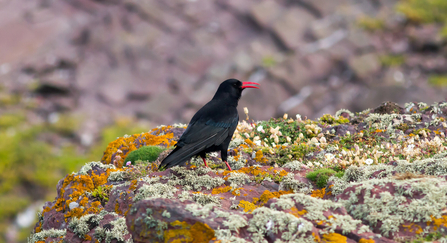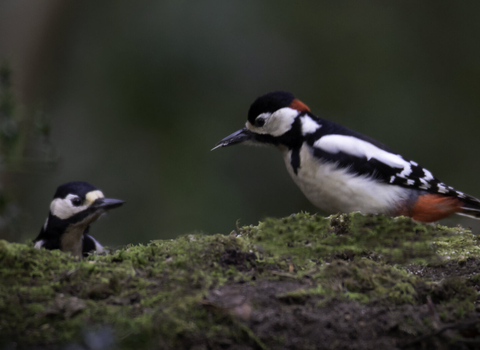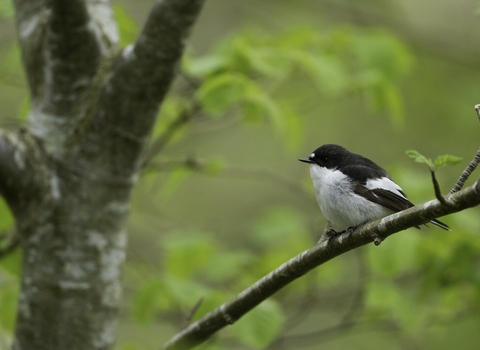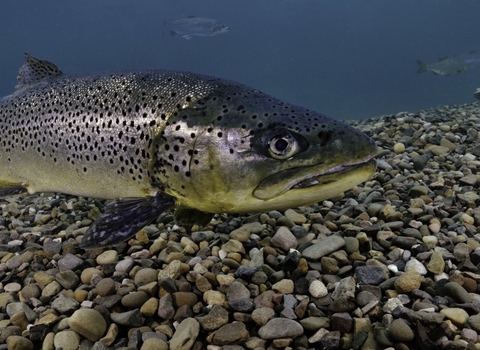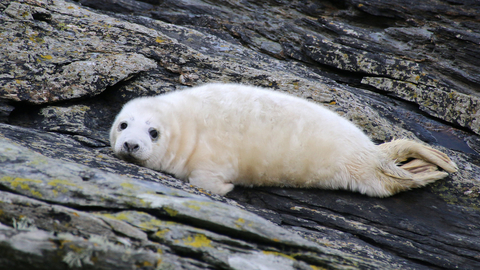
WildNet - Lara Howe
Penderi Cliffs
Location
Know before you go
Dogs
When to visit
Amseroedd agor
Open access reserveAmser gorau i ymweld
Spring, summer and autumnAm dan y warchodfa
Nearly 2 km of cliffs are contained within the reserve, with unique cliff scrub of Small-leaved Lime (Tilia cordata) and coves. The principal biological interest of this site is the steeply west-facing Sessile Oak woodlands, which include an interesting assemblage of other native species such as Blackthorn, Hawthorn, Hazel, Small-leaved Lime (particularly in the south and in the Great Gulley), Spindle at the north end, Rowan, and Wych Elm.
The spring flora includes Dog’s Mercury, Enchanter’s Nightshade, Herb Bennet (5-10), Wood Anemone, and Wood Sorrel. Scree areas carry a flora of spring and early summer annuals with a few short-lived perennials, while the deep gulleys have a few ferns. The cliffs have maritime and heath flora, which brings the total plant list to around 130 species. There is a rich lichen flora but few bryophytes though Schistostega pennata has been found in rabbit holes at SN547729.
Birds include most common woodland species in addition to which Chough, Buzzard, Kestrel, and Raven nest fairly regularly, and Peregrine are often seen. Over 1000 pairs of Cormorant nested in 1981. In 2005 there were 46 breeding pairs of Herring Gull, 1 of Great Black-backed Gull, 6 of Fulmar and 1 of Shag. Common small passerines can also be seen as well as Whitethroat, Wheatear, Stonechat and Linnet.
Rock platforms in the southern section provide at low water a convenient hauling-out site for moulting Grey Seal with over 30 seen during March and April. Young Seals are occasionally born on the reserve.

